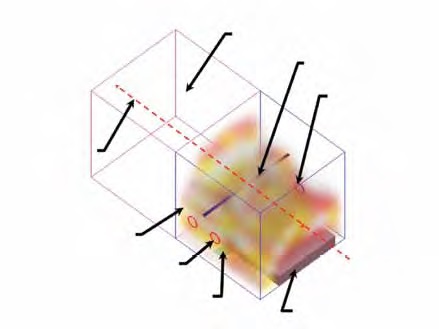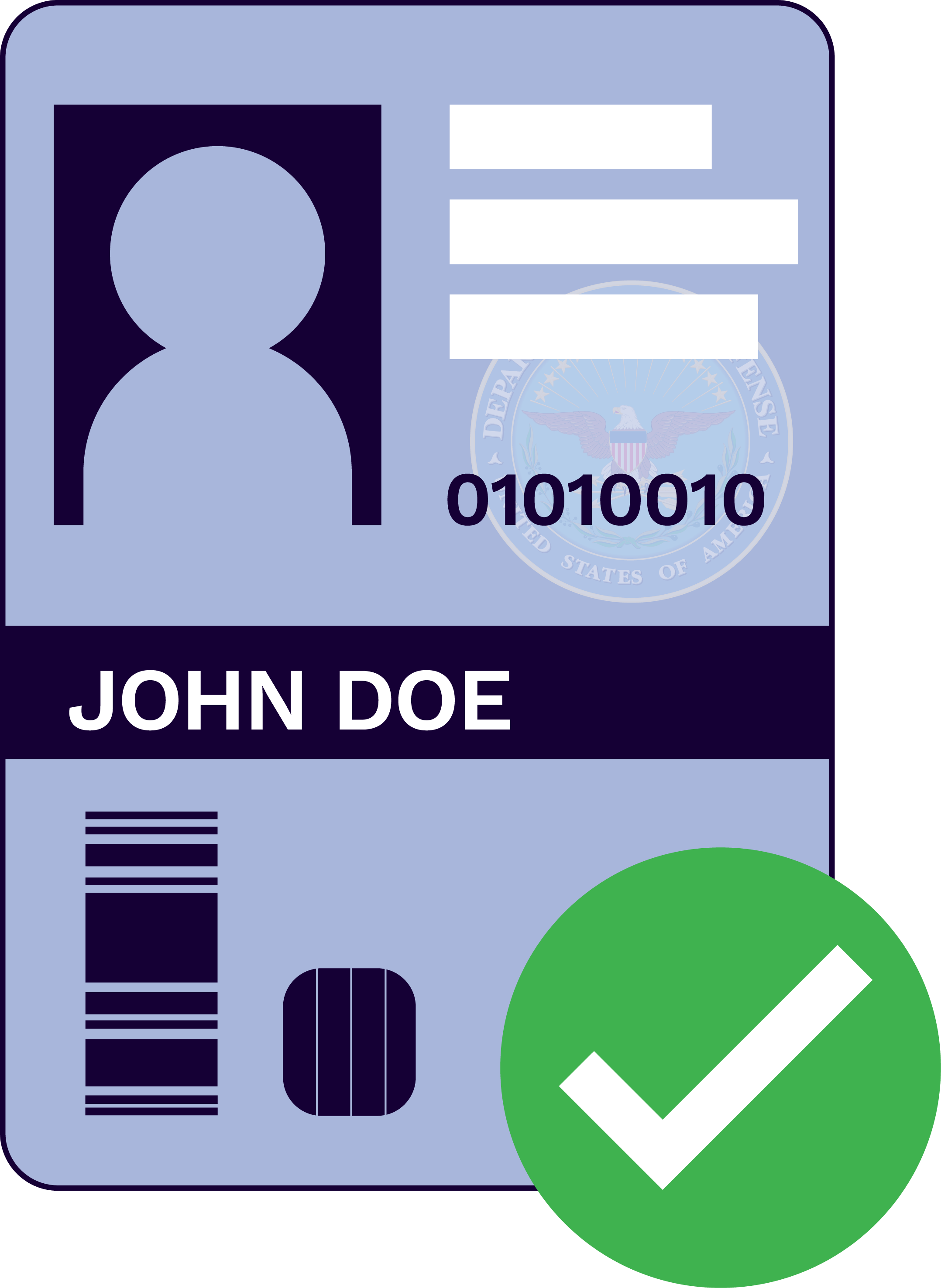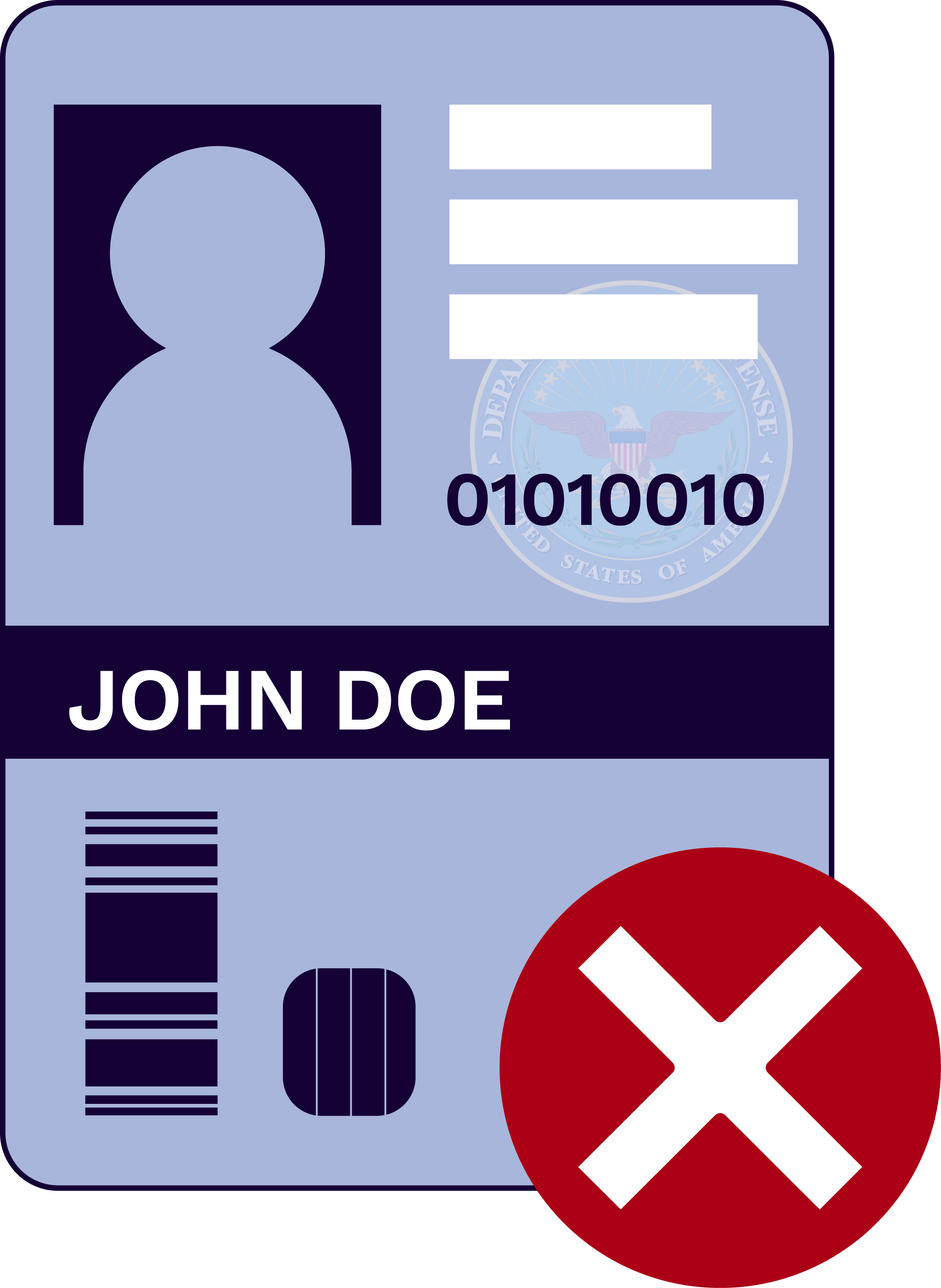
WINFIRE with the Fire Prediction Model (FPM v3.8.2) integrated simulates events that accompany a single threat penetrating through a vehicle and impacting a container of flammable fluid (e.g., a fuel tank or pressurized line containing fuel or hydraulic fluid). Specifically, the model predicts whether ignition would occur and continues modeling events through fire growth and spread. Simulating ignition is a unique capability that distinguishes FPM from other models outside the survivability discipline, which concentrate primarily on the sustained combustion phase of fires and do not address ballistic-initiated fires.
FPM simulates a number of generic threats to combat aircraft (including armor-piercing incendiary [API] rounds, high-explosive incendiary [HEI] rounds, and fragments), as well as other ignition sources, such as sparks and hot surfaces (e.g., from engine casing and bleed air components). In addition, the model contains temperature-dependent fluid properties for standard JP-4, JP-5, JP-8, and diesel fuels, as well as MIL-H-5606 and MIL-H-83282 hydraulic fluids. A user can also enter custom fluids into FPM simulations as needed. A fire extinguishing capability is also included, and the model has an extensive library of extinguishing agents from which to choose.
FPM also models complex mechanisms that affect fire behavior, such as hydrodynamic ram (HRAM), liquid spray geometry, flow and migration, and combustion by-products. In addition to leveraging built-in data and submodels, FPM can also interface with the ProjPen and FATEPEN libraries to calculate threat-plate interactions and support ignition calculations.
FPM has primarily been used for test predictions and design engineering within the aircraft, ground vehicle, and threat lethality communities. The model is particularly useful in supporting key design areas within the survivability discipline, including test planning, vulnerability assessments, and system design. FPM uses in test planning and evaluation include shotline selection, pre-test predictions, post-test analysis, and the identification of required instrumentation for test data collection.



